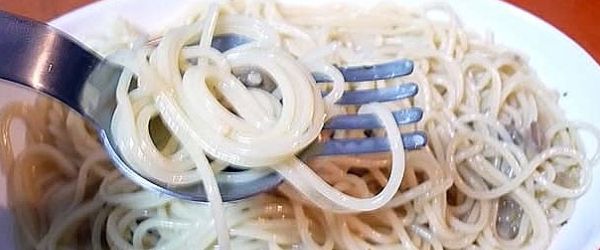In part 1, “The Power of STED Microscopy: How Does it Work?” I covered the basics of STED Microscopy: how it works and why you might want to use it. If you now want to do STED Microscopy, the next step is to optimize your sample. In this article, I cover how you can get the best staining out of your STED microscopy samples and, maybe most importantly, how to pick the right fluorophores!
What Samples are Suitable for STED
First and foremost, you need to figure out “If your sample is appropriate for STED?”. Lucky for you the answer is probably “yes”. STED microscopy can be applied to a wide range of samples – ranging from cultured cells mounted on a coverslip to tissue slices; and EVEN to whole animals, such as nematodes! However, you need to take into account a few considerations to ensure your sample works well with STED.
- The observed structure should be at most 80 mm away from the coverglass. And preferably, to achieve the best results, within the 20 mm range.
- Know that autofluoresence within your sample or the presence of elements known to cause sudden changes in the refractive index (such as air in the sample, or the presence of fat) may alter the shape of the focal spot of light and reduce the effectiveness of your STED beam.
- And crucially – your sample cannot/should not absorb light at the wavelength of the STED beam!
Sample Preparation Considerations
Preparing a STED sample is not all that different from preparing a normal confocal sample, since the basis for the microscopes is the same. However, when making a STED sample there are a few aspects of sample prep that you need to consider:
Choose the Correct Coverglass
Many microscope lenses are optimised for a certain thickness of coverglass. And this optimisation is especially important during STED microscopy, as a different thickness could change the refractive index and result in the doughnut beam not lining up exactly with the excitation beam causing poor resolution. So make sure you know the requirements of your system.
Choose the Correct Fixative
Proper fixation of a sample is key in any microscopy sample preparation, as it defines how structures are preserved. And fixation in STED microscopy is no exception. In fact because of the increased resolution of STED microscopy, proper fixation in STED is even more crucial. Paraformaldehyde (PFA) is the most common type of fixative for STED, but that doesn’t mean it will perform the best on your sample. Make sure you consider other fixation options carefully, and consider testing numerous ones. For an overview of different fixation methods (and the cool science behind how they work!) read “Cell Tissue Fixation 101”.
Rinsing and Blocking
The rinsing and blocking steps in sample preparation are obviously important when making any microscopy sample. Both rinsing your sample well in PBS, and blocking (usually with 2% BSA) helps to reduce the background in your sample. Especially important is the rinse after the ‘antibody staining’ step, as higher concentrations of antibody are often used in STED samples to overcome issues with bleaching (more about this below). Adding more rinsing steps than normal can help remove unbound antibody and prevent high background noise.
Compatible Fluorophores
This is possibly the most important consideration in STED sample prep. The most important factor to take into account when selecting a fluorophore is the wavelength of the STED beam. You can only use a fluorophore with a wavelength that falls BELOW the wavelength of the STED beam or it will not work. Otherwise there is a wide range of fluorophores that work well in STED microscopy, however some do work better than others.
If you are using a commercial system, the provider will often give you a list of recommended dyes, so I am not going to list them ALL here. Instead, I will just highlight a few dyes that I have found to work well for STED.
- For a 592 nm STED beam or higher Alexa 488, Oregon Green, Atto 488 and Abberior 488 are all good green dyes. Alexa 532 is also good if you want something with a slightly longer wavelength.
- For a 660 nm STED beam, dyes with a longer wavelength can be used, including Alexa 555 and 594 as well as Tetramethylrhodamine (TMR).
- For a 700 nm STED beam the red dyes such as Atto 647N and Alexa 647 can be used.
Hopefully this second article about STED microscopy has given you enough information to start designing your STED experiments. In the final article of this series, I will cover good pairs of dyes for use in two-color STED as well as some tips and tricks to get the most out of your samples when you are acquiring images.





